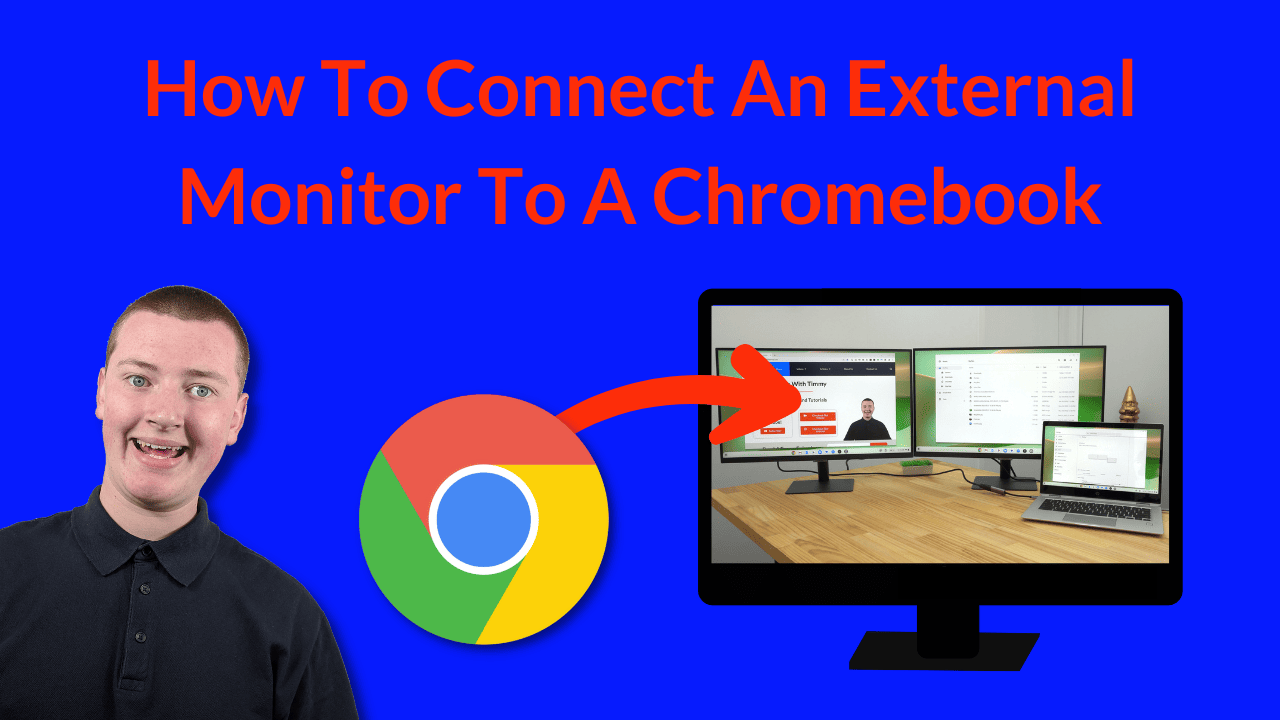Chromebook Connect To External Monitor
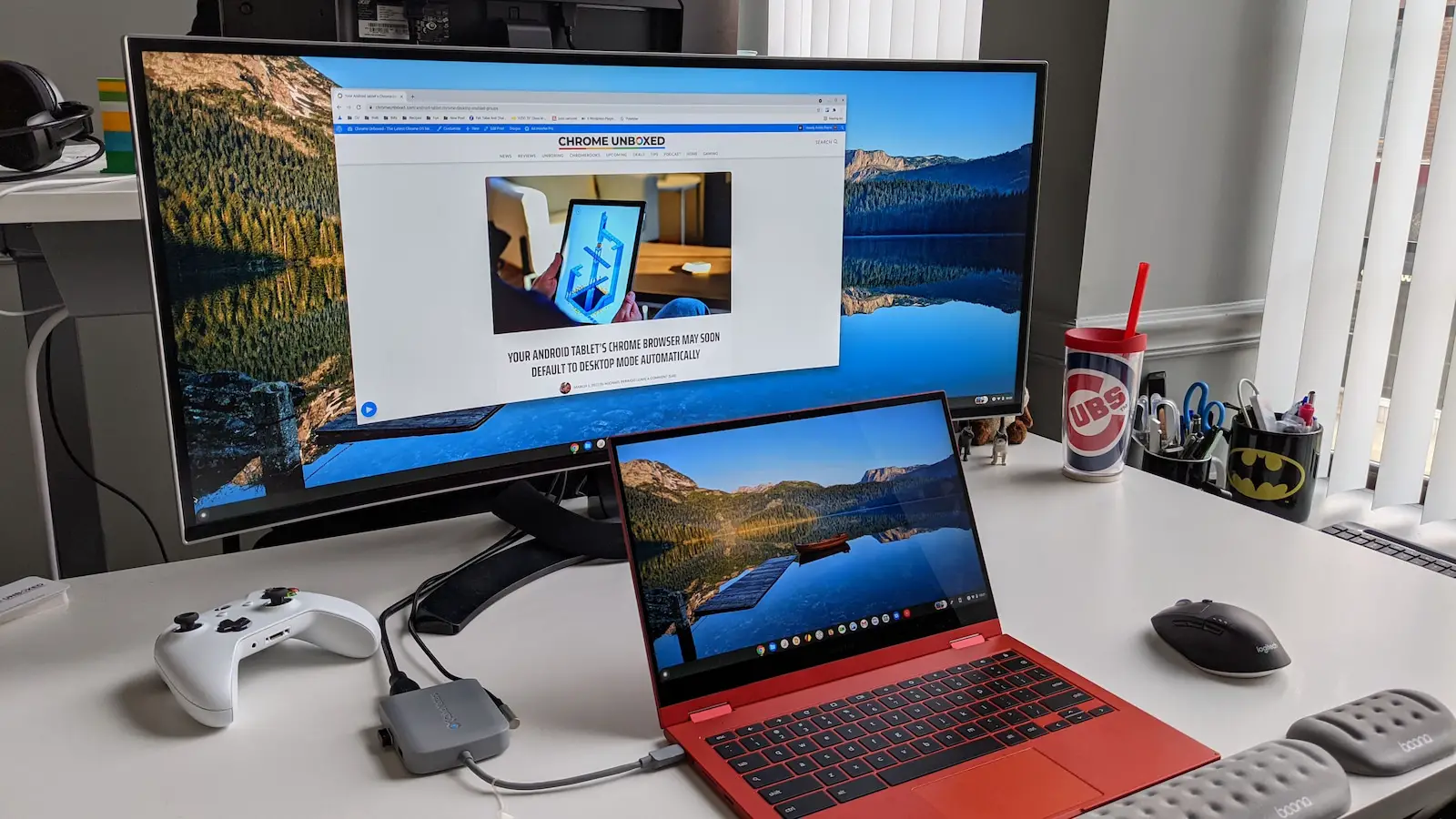
Imagine this: You're nestled in your favorite coffee shop, the aroma of freshly brewed coffee filling the air. Sunlight streams through the window, illuminating the sleek lines of your Chromebook. But today, you're not confined to its 13-inch screen. Instead, you're multitasking like a pro, a vibrant presentation stretched across a larger monitor, seamlessly connected with a single cable.
This isn't some futuristic fantasy; it's the everyday reality for countless Chromebook users. Connecting your Chromebook to an external monitor can dramatically enhance productivity and versatility. It's a simple yet powerful trick that unlocks a world of possibilities for work, study, and entertainment.
The Evolution of Chromebook Connectivity
Chromebooks have come a long way since their initial introduction. Initially conceived as simple, cloud-based devices, they've matured into powerful machines capable of handling increasingly complex tasks.
A crucial part of this evolution is their improved connectivity. Modern Chromebooks boast a range of ports, including HDMI and USB-C, making connecting to external displays easier than ever before.
Why Extend Your Display?
The benefits of using an external monitor with your Chromebook are numerous. For students, it means having research materials open on one screen while writing a paper on the other. For professionals, it allows for seamless multitasking between spreadsheets, documents, and video conferences.
And for those who simply enjoy streaming movies or playing games, a larger display provides a more immersive and enjoyable experience. It's about maximizing the potential of your Chromebook, turning it into a true productivity powerhouse.
Setting Up Your External Monitor: A Breeze
Connecting a Chromebook to an external monitor is typically a plug-and-play affair. Simply connect the monitor to your Chromebook using the appropriate cable (HDMI or USB-C).
Once connected, your Chromebook should automatically detect the display. You can then adjust the display settings (resolution, orientation, and mirroring/extending options) through the Chrome OS settings menu.
According to Google's official support pages, you can choose to mirror your Chromebook's display, extend it across both screens, or use only the external monitor. This flexibility ensures you can tailor your setup to your specific needs.
"Connecting an external monitor is a great way to boost productivity and enjoy your content on a larger screen," states a recent post on the Chrome Unboxed blog, a popular source for Chromebook news and tips.
Beyond the Basics: Tips and Tricks
While the basic setup is straightforward, there are a few tips and tricks to enhance your experience. Consider using a USB-C hub to connect multiple peripherals (keyboard, mouse, monitor) through a single port.
Experiment with different display resolutions to find the optimal balance between sharpness and readability. Furthermore, take advantage of Chrome OS's window management features to organize your apps and windows efficiently across both screens.
Remember to check the specifications of both your Chromebook and the external monitor to ensure compatibility and optimal performance. Some older Chromebooks may have limitations regarding the maximum resolution or refresh rate they can support.
The Future of Chromebook Connectivity
As Chromebooks continue to evolve, we can expect even greater connectivity options and improved support for external displays. Wireless display technologies, such as Miracast, are becoming increasingly prevalent, offering a cable-free alternative for connecting to monitors and TVs.
With advancements in display technology, such as higher resolutions and faster refresh rates, Chromebooks will be well-positioned to take full advantage of these features, providing even richer and more immersive user experiences.
The ability to easily connect to external monitors underscores the versatility and adaptability of Chromebooks. It's a feature that transforms them from simple browsing devices into powerful tools for productivity, creativity, and entertainment.
So, the next time you find yourself needing more screen real estate, remember that your Chromebook is ready and willing to connect. Unlock its full potential and experience the difference a second screen can make.
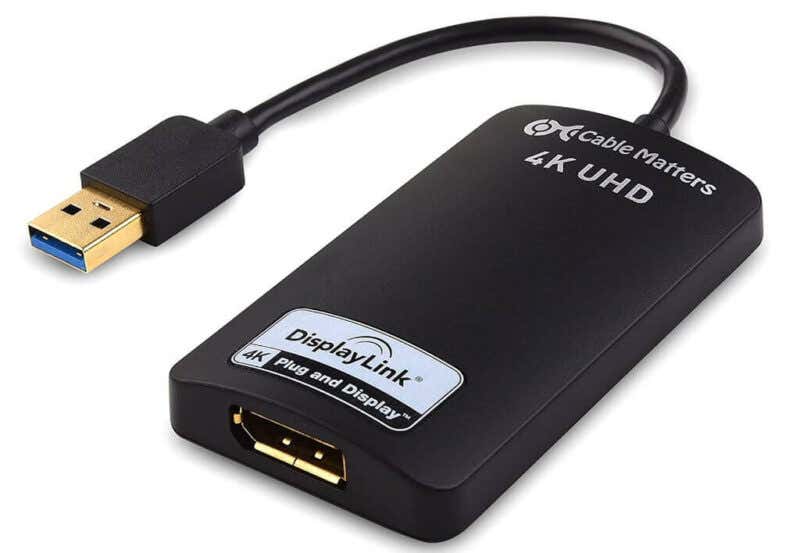

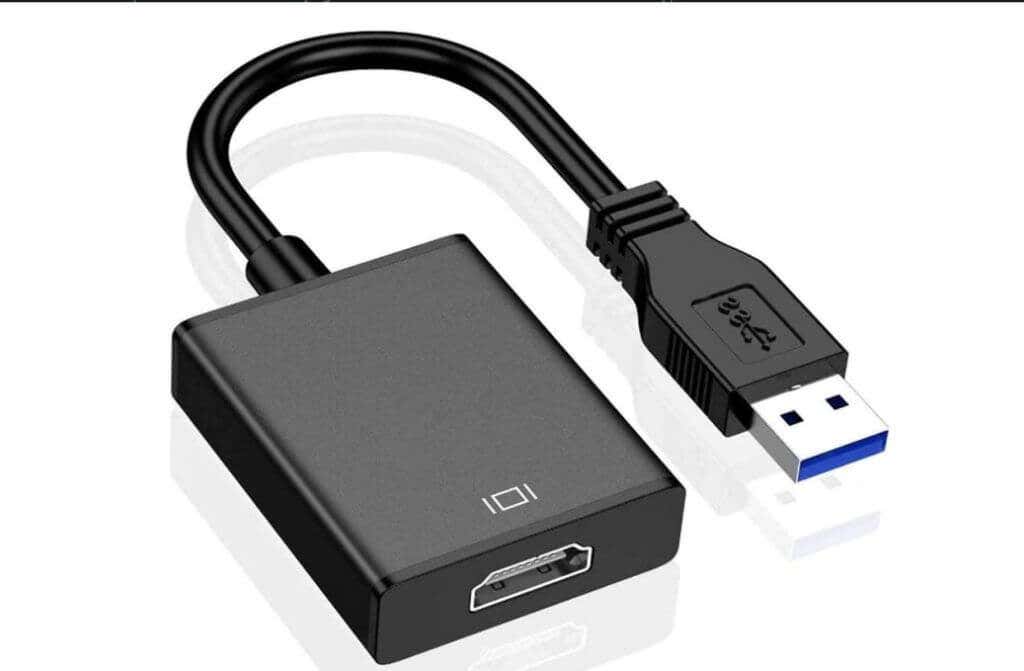
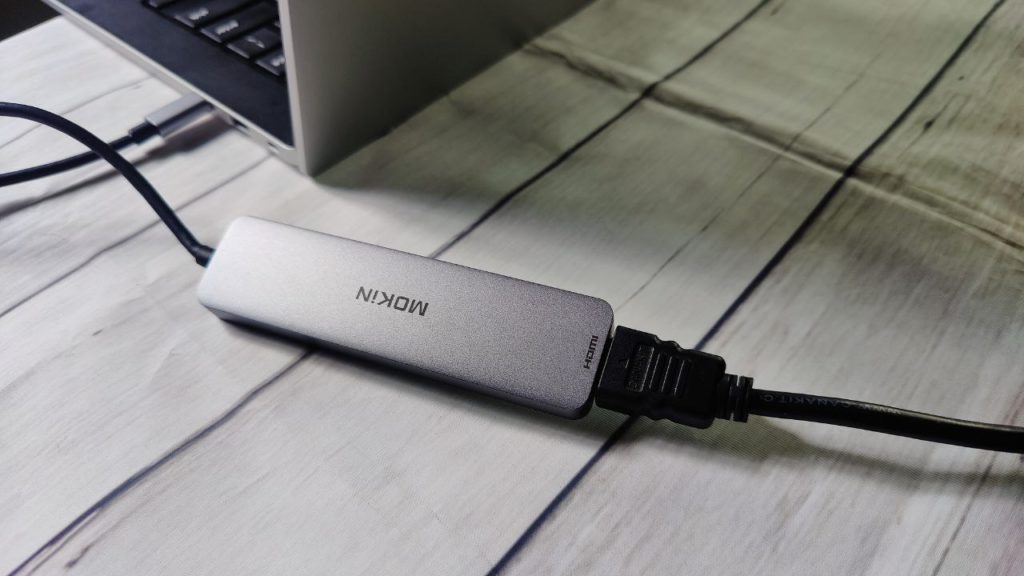
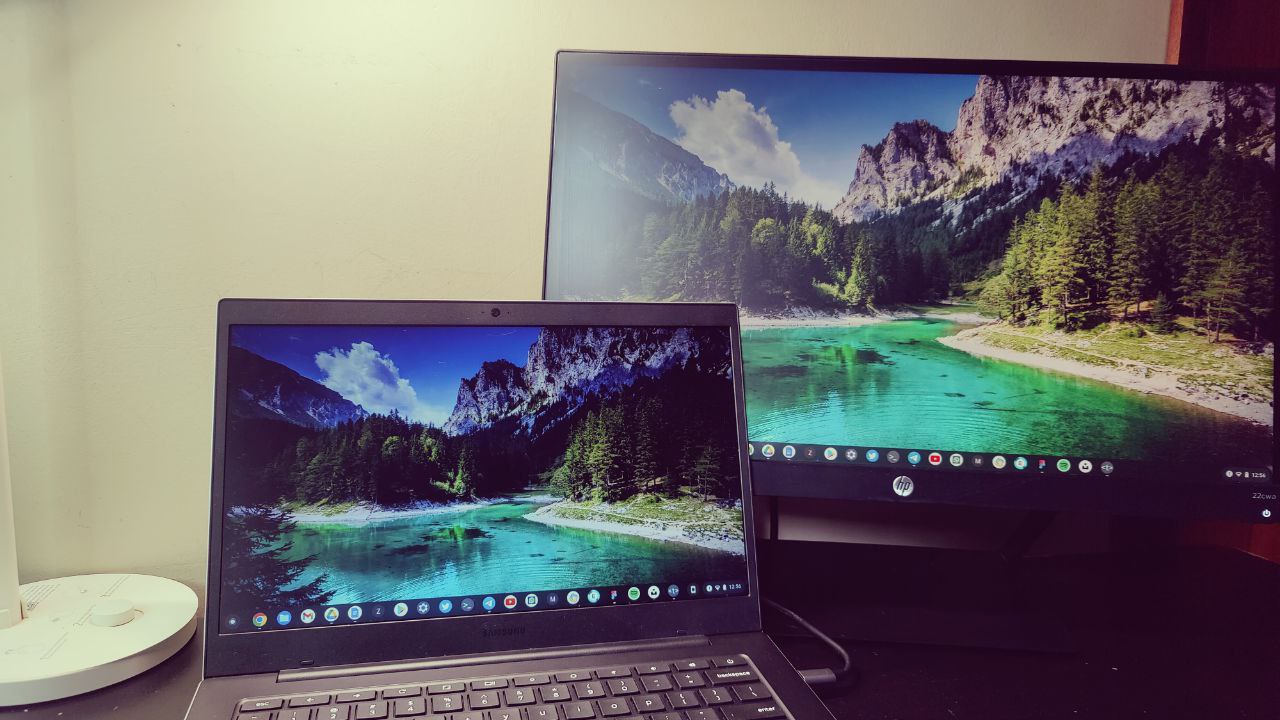


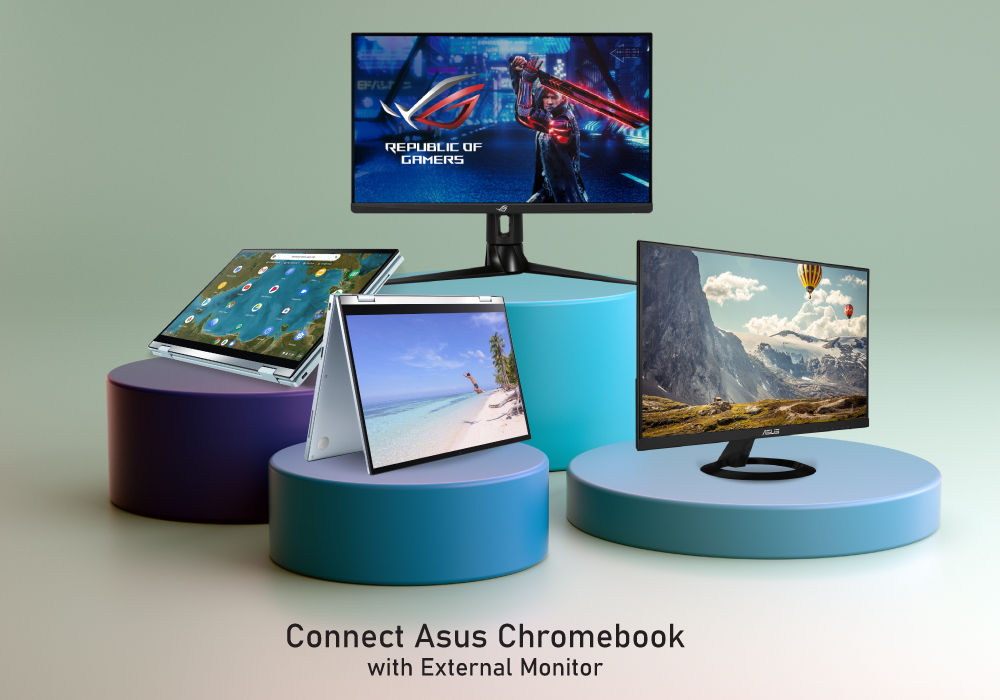

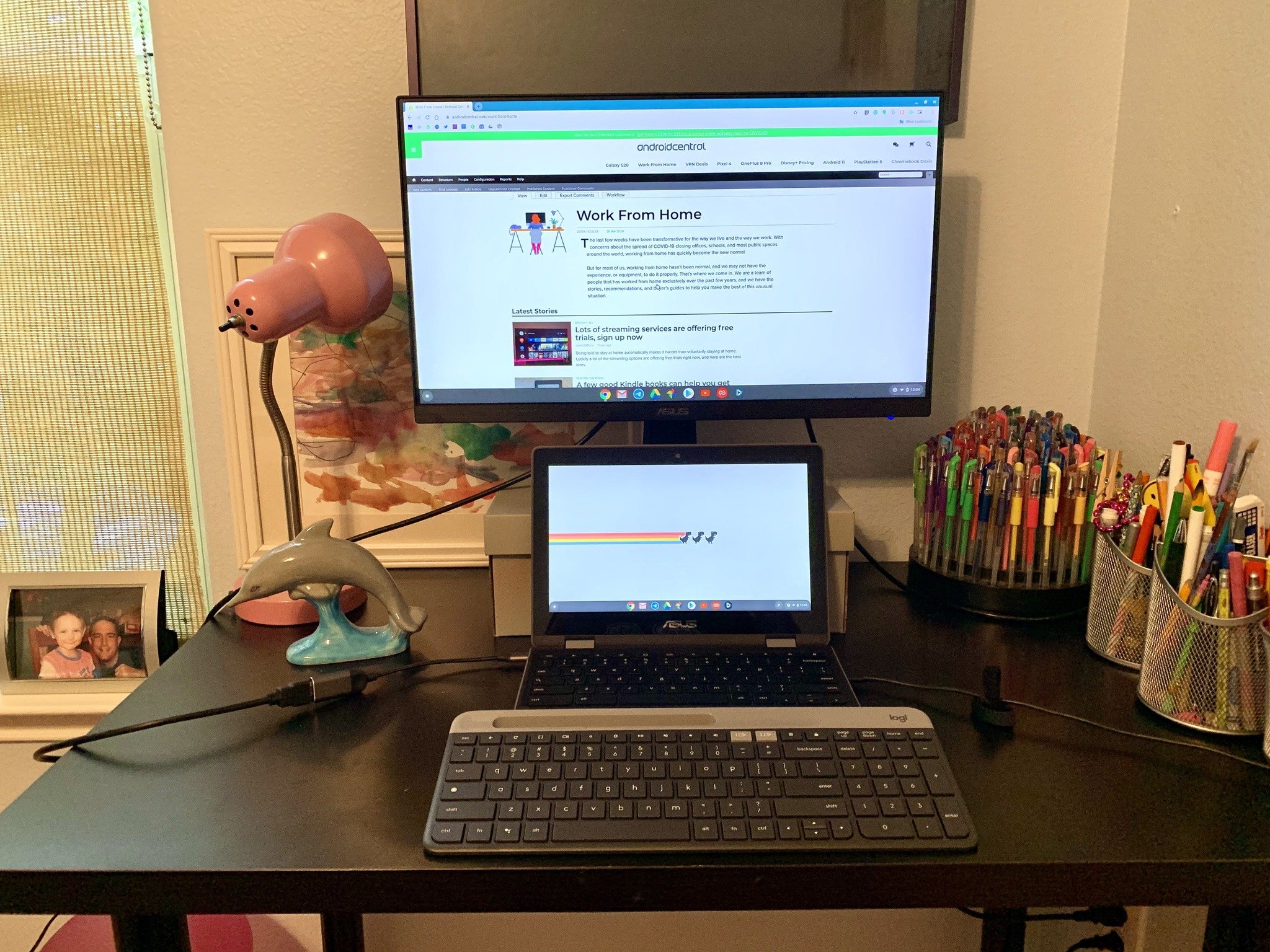
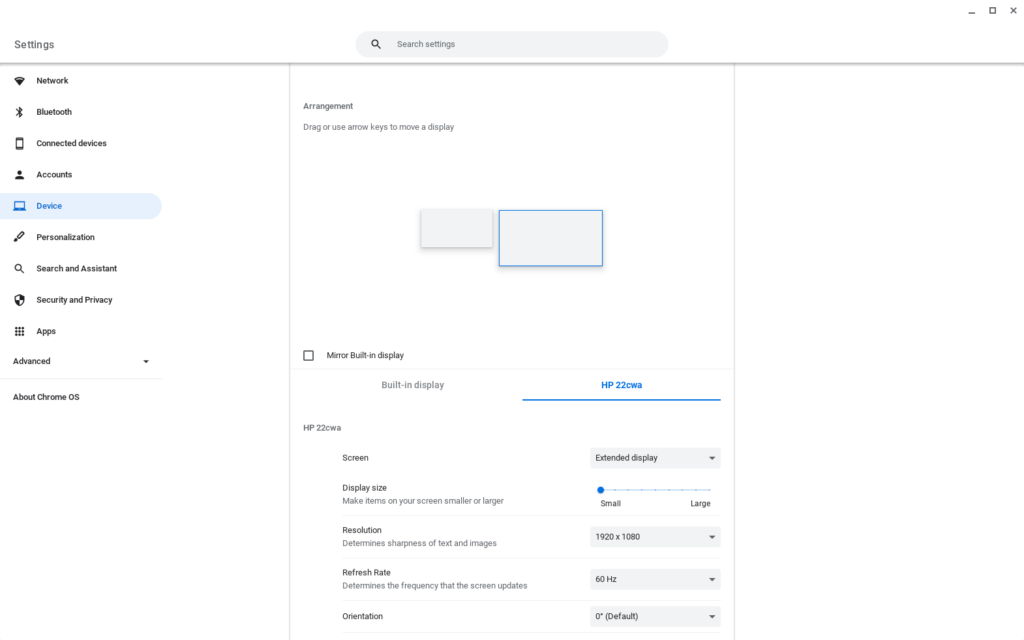
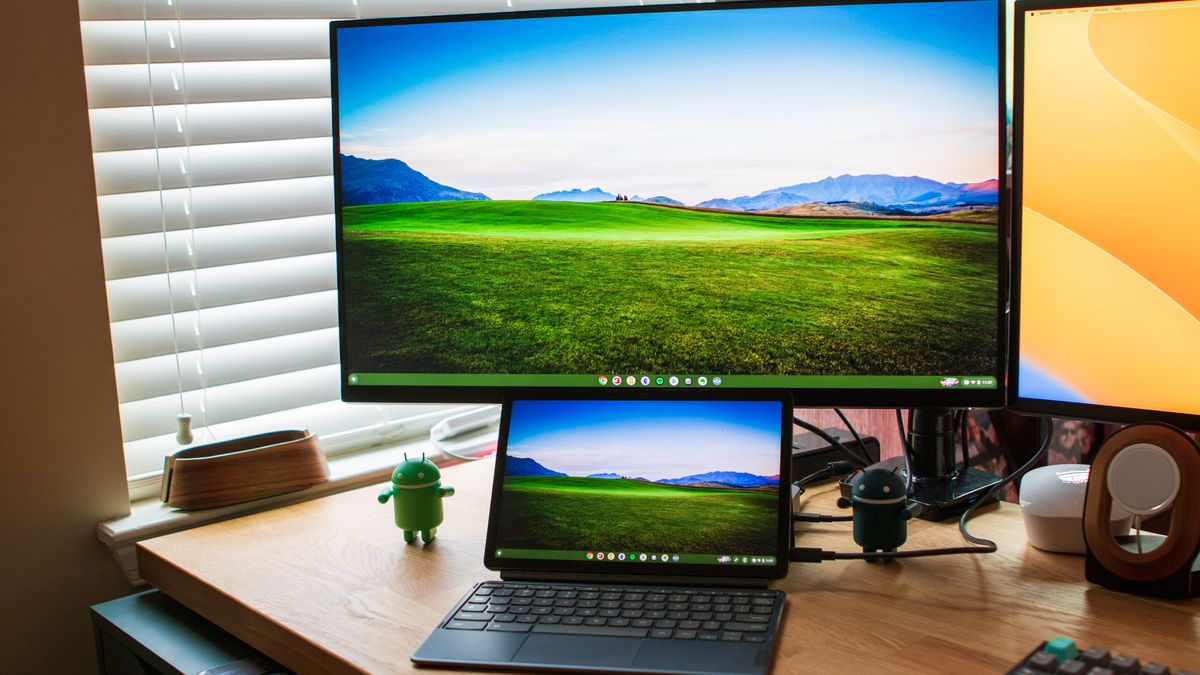
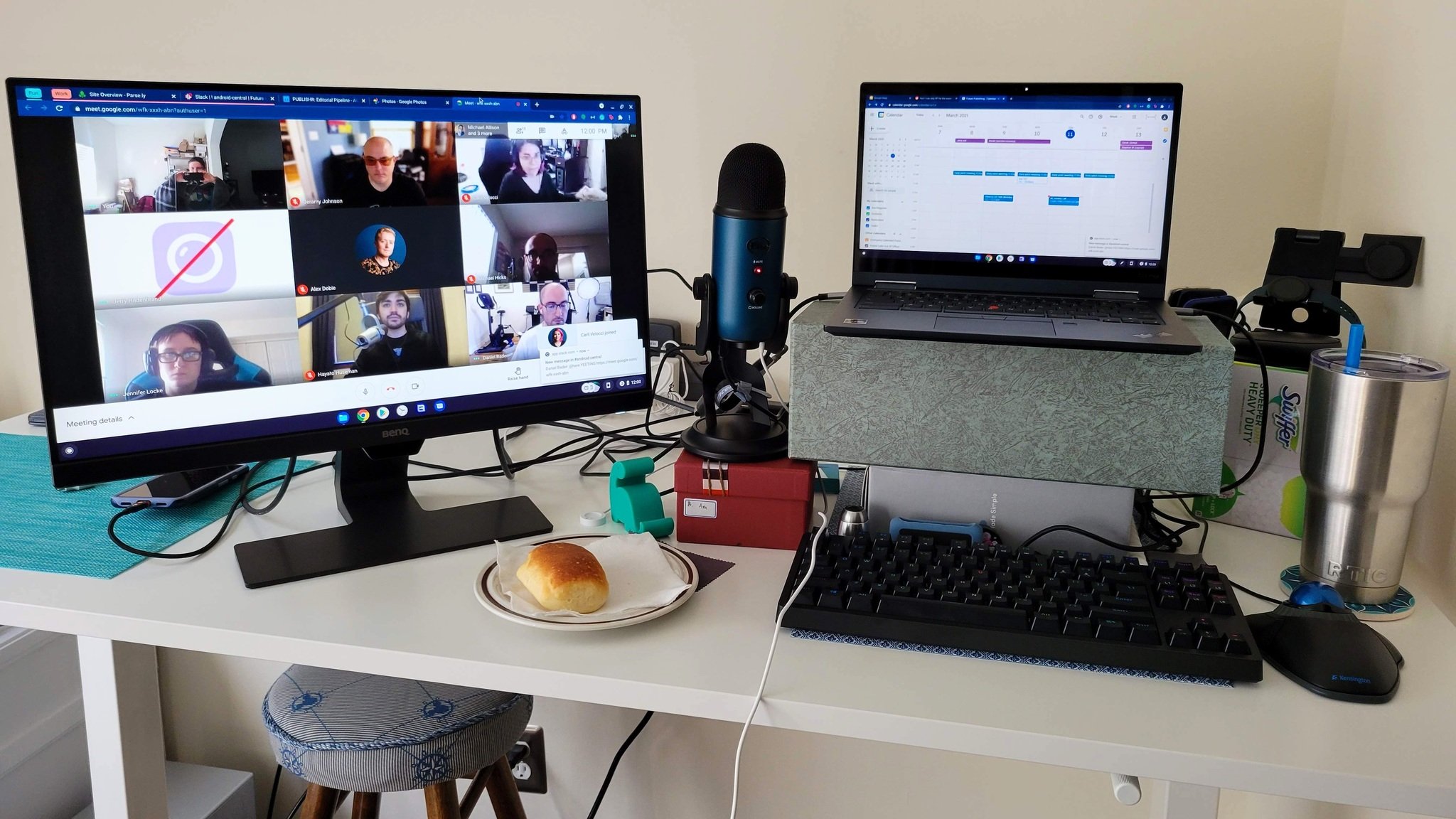
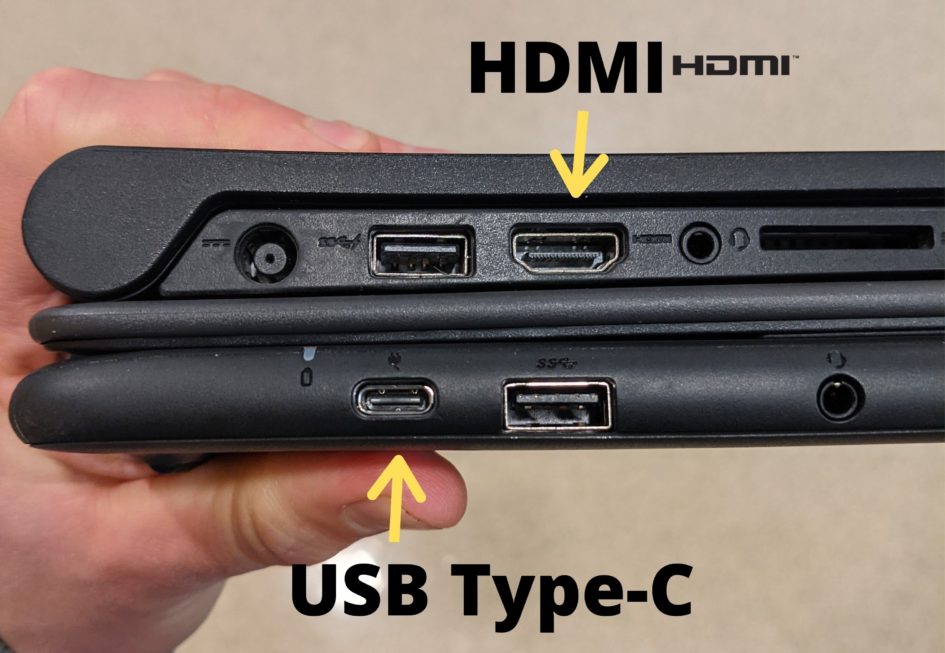
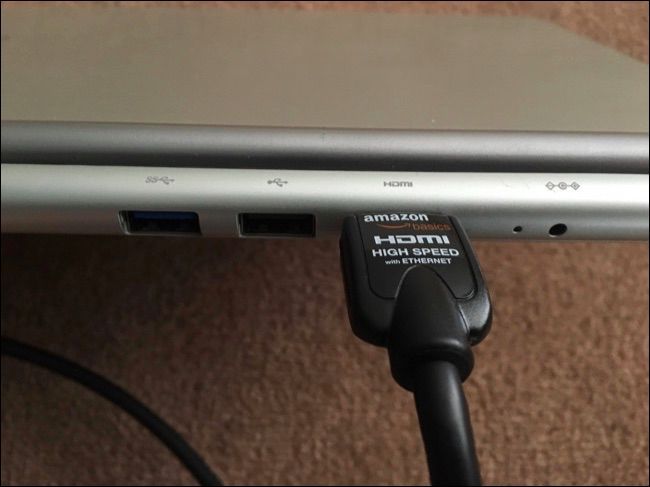

![Chromebook Connect To External Monitor [Chromebook] How to connect your Chromebook to an external monitor](https://km-ap.asus.com/uploads/PhotoLibrarys/8a53fc79-6a00-4a96-8408-a7e886967aef/20230510161133670_EN_3.png)
